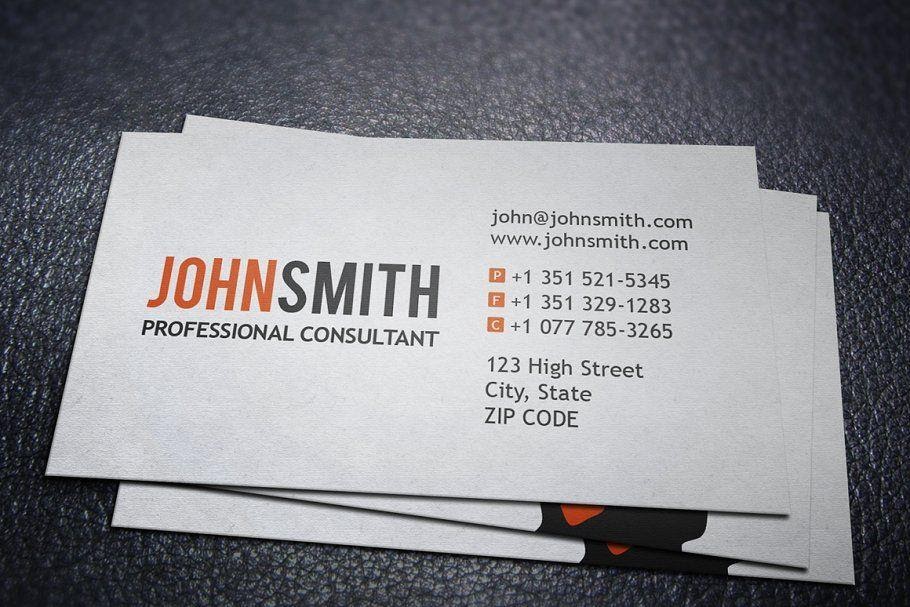I was excited beyond belief when I obtained my first paying coaching client. Little did I realize, I should have had some clear boundaries in place. The following six pieces of advice are to help others who may be starting off on their own as a coach. Whether you are an internal coach for your organization, an external coach, or running your own business, these could be very helpful tips.
These are the things I do differently.
- Explain coaching first even before the assessment. The client AND the sponsor should be very clear about what coaching will look like. Some think you are going to be a consultant. In other words, that you are going to “tell” the client what to do. While there may be times when you have to “stop” the conversation and as permission to make a suggestion, the goal of coaching is to help the client discover what they may already know and just need help unearthing.
- Have a discovery session. Have a 30 minute “what are you looking for” discovery session. Be very open and upfront about what you are hearing and what you can provide. Sometimes it is better to turn down the opportunity than to have “egg on your face” in the middle of the engagement.
- Do not meet with Human Resources (HR) without the client’s permission or notification. Sometimes organizations want you to “coach” a client when in reality they want you to do the hard work of performance management. They have you meet with HR which gives the HR department the “fodder” to move forward with a performance improvement plan (PIP) or worse, a corrective action which could lead to termination. Coaching is not performance management.
- Assure the client you will not speak to anyone without either having them present or them giving permission. Be sure to review with the client what you plan to share.
- In the beginning of the engagement, start with this statement: “Your company wants you to improve some things but what do you want to accomplish?” Then clarify the statement with HR. Again, clarifying up front reduces the headache later in the engagement. HR
- And finally, have some sort of feedback method after each session. You can ask questions in person (what went well; what do should we do differently next time) or offer to send an email or form afterwards for them to fill out. Another potential option is asking at the beginning of the next session for feedback from the previous session. Remember, one of the rules of coaching is for the client and the coach to be honest and open to feedback. If we don’t ask for it, we usually don’t get it until it’s too late, and the client has decided to terminate the contract.







